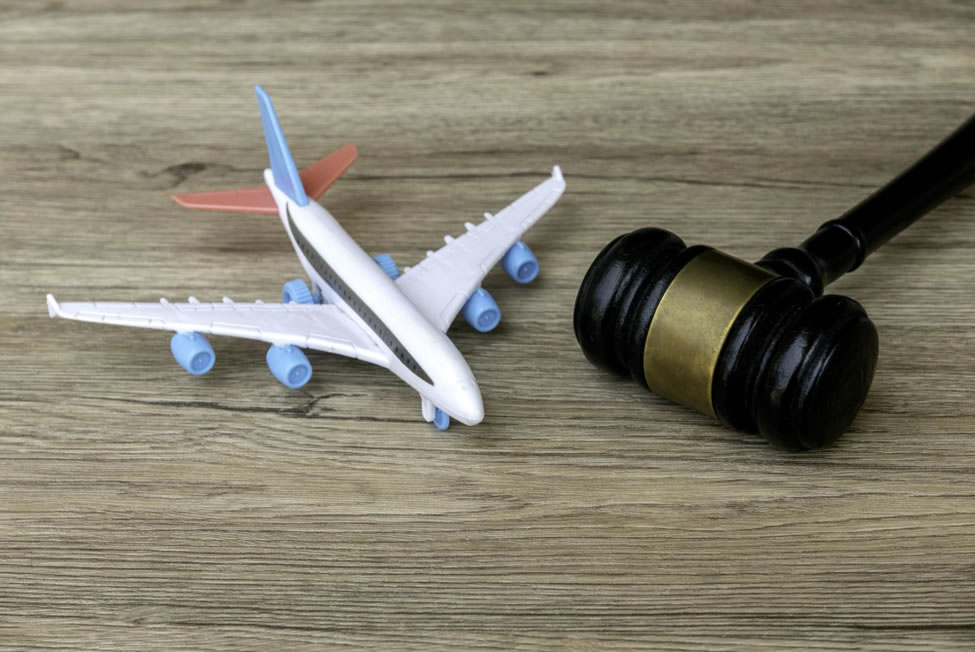Aviation regulations are fundamental to ensuring the safety of pilots, passengers, and the broader public. For pilots, understanding and adhering to these regulations is not just a legal obligation but a critical component of safe flight operations. This article delves into key regulations that every pilot should be aware of and how they contribute to aviation safety.
1. Pre-Flight Preparation
Thorough pre-flight preparation is mandated by aviation authorities to mitigate risks associated with flight operations. This includes conducting comprehensive pre-flight inspections, reviewing weather conditions, and ensuring all necessary documentation is in order. Such diligence helps in identifying potential issues that could compromise safety during flight.
2. Pilot Certification and Training
Regulations require pilots to obtain appropriate certifications and undergo regular training to maintain proficiency. Continuous education ensures that pilots are updated on the latest safety protocols, technological advancements, and regulatory changes, thereby enhancing their ability to handle various flight scenarios safely.
3. Adherence to Airspace Regulations
Understanding and complying with airspace classifications and restrictions are crucial for collision avoidance and efficient traffic management. Pilots must be familiar with controlled and uncontrolled airspaces, prohibited areas, and temporary flight restrictions to navigate safely and legally.
4. Aircraft Maintenance and Inspection
Regular maintenance and inspections are legally required to ensure aircraft airworthiness. Pilots must verify that all scheduled maintenance has been performed and that the aircraft is in optimal condition before flight. This includes checking for any deferred defects and ensuring they are addressed promptly.
5. Weight and Balance Control
Regulations stipulate that pilots must calculate the aircraft’s weight and balance before each flight. Proper weight distribution is essential for maintaining aircraft stability and control. Exceeding weight limits or improper balance can lead to critical flight issues.
6. Fuel Requirements
Aviation regulations specify minimum fuel requirements to ensure that aircraft have sufficient fuel for the intended flight, including reserves for unforeseen circumstances. Pilots must plan fuel consumption meticulously, considering factors like weather conditions and potential delays.
7. Communication Protocols
Effective communication with air traffic control (ATC) and other aircraft is regulated to prevent misunderstandings that could lead to accidents. Pilots are required to use standard phraseology and adhere to communication procedures to maintain situational awareness and coordinate movements safely.
8. Emergency Procedures
Regulations mandate that pilots be well-versed in emergency procedures, including engine failures, fires, and medical emergencies. Regular drills and familiarity with emergency protocols are essential for effective response during actual emergencies, thereby enhancing survival chances and minimizing risks.
In conclusion, aviation regulations encompass a broad spectrum of requirements designed to uphold safety in all aspects of flight operations. Pilots must remain vigilant and committed to continuous learning to navigate the complexities of these regulations effectively. By doing so, they not only comply with legal standards but also contribute to the overarching goal of ensuring safe skies for everyone.
– Written by Jack Vale
